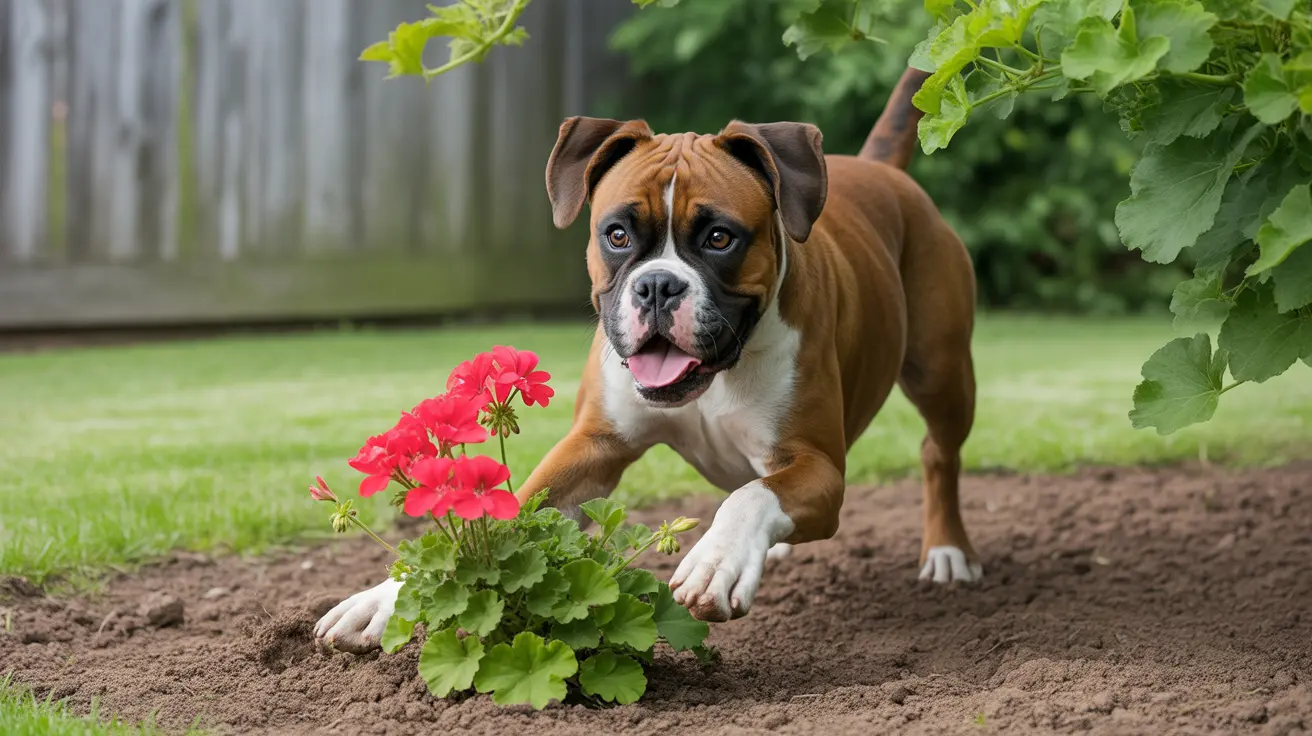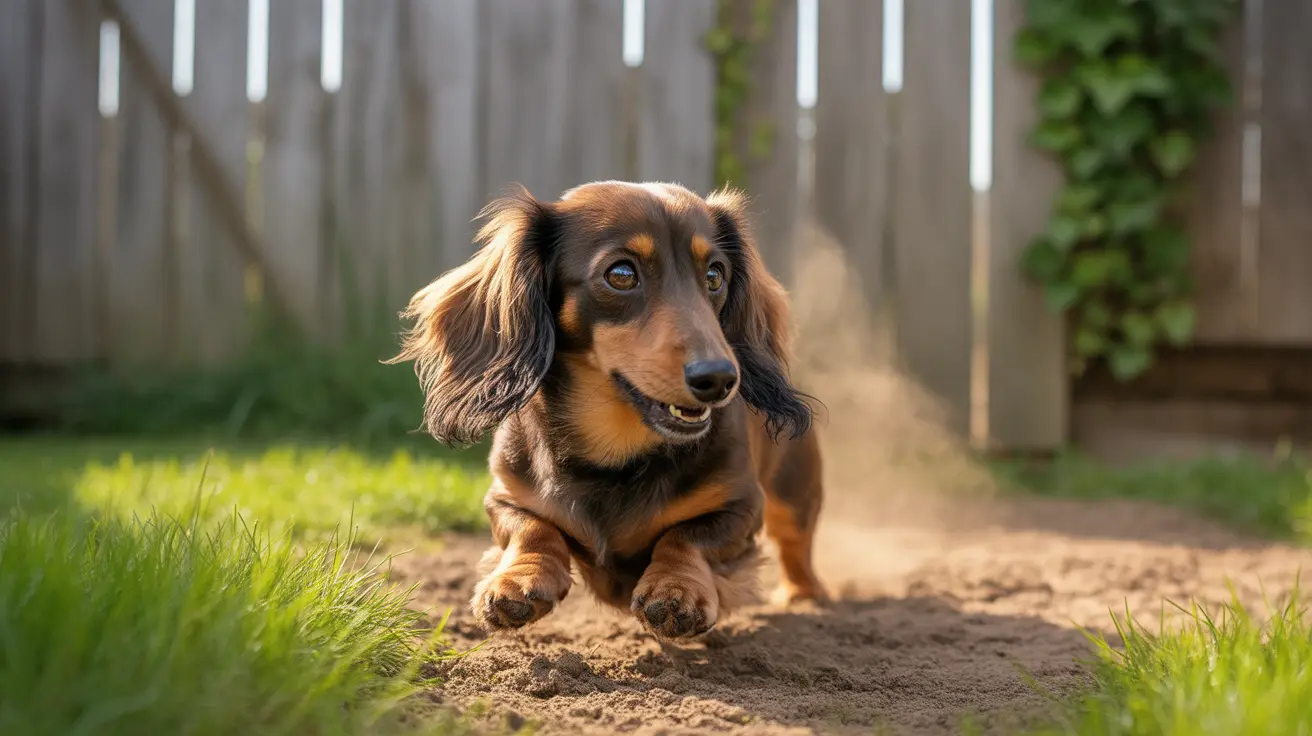Understanding Why Dogs Are Sensitive About Their Tails
The canine tail is an integral part of a dog’s anatomy and behavior. Far from being a mere appendage, the tail serves numerous physiological and communication functions that are vital to the dog’s well-being. When you reach out to touch a dog’s tail, your furry friend might show discomfort or pull away. But why is that?
The Anatomy and Function of a Dog’s Tail
A dog’s tail is essentially an extension of its spinal column. It is made up of multiple small vertebrae encased in muscle, which allows for a wide range of motion. Dogs can lift, wag, curl, or tuck their tails thanks to this muscular structure.
Key Functions of the Canine Tail
- Communication: Tail movements express emotions like happiness, fear, or aggression. A gently wagging tail may signal friendliness, while a stiff or tucked tail can indicate fear or anxiety.
- Balance and Agility: For breeds that are bred for speed or agility, such as Greyhounds or Border Collies, the tail aids in balance during rapid turns or jumps.
- Scent Distribution: Moving the tail helps compress the anal glands, spreading scent that identifies the dog to others and can communicate reproductive status or social ranking.
- Climate Control: Bushy tails in northern breeds like Huskies serve as a natural blanket in cold weather, covering the muzzle and conserving warmth.
Why Dogs May React to Tail Touching
Given the critical role tails play, it’s not surprising that many dogs are sensitive about this part of their body. Here are a few reasons why touching a dog's tail might provoke a reaction:
- Nerve Sensitivity: Because the tail is an extension of the spine, it has many nerve endings. Sudden or rough contact can be uncomfortable or even painful.
- Interpretation as a Threat: Since dogs use their tails for communication, unexpected touch may be misinterpreted as a threatening or intrusive action, especially if the dog doesn't see it coming.
- Past Trauma or Injury: Dogs who have sustained injuries—such as fractures or limber tail—may associate tail-touching with pain.
Tail Docking and Behavioral Implications
Some working dog breeds have docked tails—a practice that is now discouraged or banned in many regions. While dogs can adapt and use other body language cues, missing or shortened tails can limit their ability to communicate with other dogs effectively, sometimes leading to misunderstandings or conflicts.
Health Conditions Involving the Tail
- Happy Tail Syndrome: Rapid wagging can cause injury in breeds with long, strong tails.
- Dermatitis: Certain conditions—especially in tightly curled tails—can lead to irritation or infections.
- Fractures and Tumors: These can make the tail painful and sensitive to touch.
Training and Socialization Around Tail Handling
If you want your dog to be comfortable with tail handling—whether for grooming or medical needs—it’s best to start gentle desensitization early in life. Puppies, who typically begin to wag their tails at around three to four weeks, learn through social interactions. Consistent positive reinforcement can help an adult dog become more tolerant of light tail contact.
Tips for Pet Owners
- Always approach from the front so the dog sees your hand.
- Watch for signs of discomfort such as growling, pulling away, or tucking the tail.
- Never yank or forcefully hold the tail—it’s not a handle!
- Consult a vet if your dog consistently guards its tail, as this might indicate a medical issue.
Conclusion
The dog's tail is far more than a cute feature—it plays a profound role in social signaling, physical coordination, and emotional expression. Understanding this equips pet owners to interact more thoughtfully with their canine companions. Respecting a dog’s tail comfort zone not only ensures their happiness but also strengthens the bond between pet and owner.





